Hormuz is a formerly glorious historic port in the strategic strait of Hormuz in the Persian Gulf, South of Iran, that controls the shipment of petroleum from the Middle East. The island has outstanding colorful surreal landscapes. Oddly, the local inhabitants of the beautiful, touristic and politically strategic island struggle economically, getting involved in illegal trafficking activities using their boats.
Presence in Hormuz is a series of urban developments by a semi-public institution that hired ZAV Architects, in order to empower the local community of the island. Its second phase is a multipurpose cultural residence called Majara residence (meaning adventure) that ties together the lives of local people and visitors both culturally and economically.
What’s to my benefit, what’s to the benefit of all?
In a country where the state struggles with political disputes outside its borders, every architectural project becomes a proposal for internal governing alternatives, asking basic questions: what are the limits of architecture and how can it suggest a political alternative for communal life? How can it attain social agency?
Architecture has the capacity be a mediator in the middle ground that converges the interests of different groups, from the state and investors to various classes and groups of people. Majara does so in bringing together the owners of land from the neighboring port of Bandar Abbas who organize an annual landart event in Hormuz, the investors from the capital city Tehran, and the local people of Hormuz as partners in the project. Under the economic distress of sanctions, increasing the GDP generates social change, which in this project is achieved by:

Photo © Payman Barkhordari
- Building economically, to the benefit of the client. 2. Earmarking a bigger share of the budget to labor costs rather than expensive imported materials, to the benefit of the local population, empowering them by offering training for construction skills. 3. An adaptive and future-proof spatial scenario that can respond to unpredicted need, to the benefit of the client and the island. 4. Using materials and human resources from Iran, to reduce construction and transportation costs and increase the GDP, to the benefit of the whole country.
Infinite Nader Khalili’s
Presence in Hormuz is a continuous process aiming at building trust rather than architectural objects, in order to encourage the participation of local people and the inclusion of their interests in any intervention in the island. The project is a multitude of small-scale domes built with the superadobe technique of Nader Khalili, the innovative and simple technique using rammed earth and sand.
Domes are familiar structures in the region. Their small scale makes them compatible with the building capabilities of local craftsmen and unskilled workers, which have been prepared for this project with previous smaller projects. Today they are trained master superadobe masons, as if Nader Khalili multiplied exponentially.
Swelling Earth
the infinite number of colorful particles, be they soil, sand, gravel or stone, pile up and form the rainbow topography of Hormuz island. In this project a carpet is woven with granular knots inspired by the particles that make up the ecotone of the island. The sandbags that create the spatial particles (aka domes) are filled with the dredging sand of the Hormuz dock, as if the earth has swollen to produce space for accommodation. Source by ZAV Architects.
- Location: Hormuz Island, Iran
- Architect: ZAV Architects
- Lead Architects: Mohamadreza Ghodousi, Fatemeh Rezaei, Golnaz Bahrami, Soroush Majidi
- Design Assistants: Sheila Ehsaei,Sara Jafari, Payman Barkhordari, Mohsen Safshekan, Kaveh Rashidzadeh, Hossein Panjehpour
- Landscape: Maryam Yousefi, Morteza Adib
- Interior Design: Sara Jafari, Taraneh Behboud, Sara Nikkar, Mohsen Dehghan
- Light Consultant: Tajang Light
- Supervision: Soroush Majidi, Payman Barkhordari, Sheila Ehsaei
- Modeling: Somayeh Saeidi
- Presentation: Fereshteh Assadzadeh, Somayeh Saeidi, Arshia Hashemipour, Dorsa Tavakoli, Sara Fallahzadeh
- Structural Design: Behrang Baniadam, Rouhi Touski
- Civil Engineering: Farhad Beigi
- Electrical Engineering: Pejman Moradian
- Mechanical Engineering: Saeid Afsharian
- Culinary Manufacturer: Matbakh Ara
- Environment Consultant: Salman Rasouli, Roya Yazdizadeh
- Accommodation Consultant: Nasim Mosavar
- Project Constructor: Amir Tehrani Nobahari
- Construction manager: Hormat Ghasemi
- Construction vice-manager: Ramin Koulaghani, Amin Timas
- Mechanical constructor: Javad Irandegani, Hamid Haji Posht-e-Gol
- Floor constructor: Davoud Etemadi
- Fenestration builder: Mehra Company
- Interior plaster: Gholamali Abbasi
- Exterior plaster: Esmaeil Salimi
- Construction painter: Farzad Moharami
- Owner: Ali Rezvani
- Client: Ehsan Rasoulof
- Gross Built Area: 10300 m2
- Area: 4000 m2
- Landscape Area: 6300 m2
- Completion Year: 2020
- Photographs: Tahmineh Monzavi, Soroush Majidi, Payman Barkhordari, Courtesy of ZAV Architects
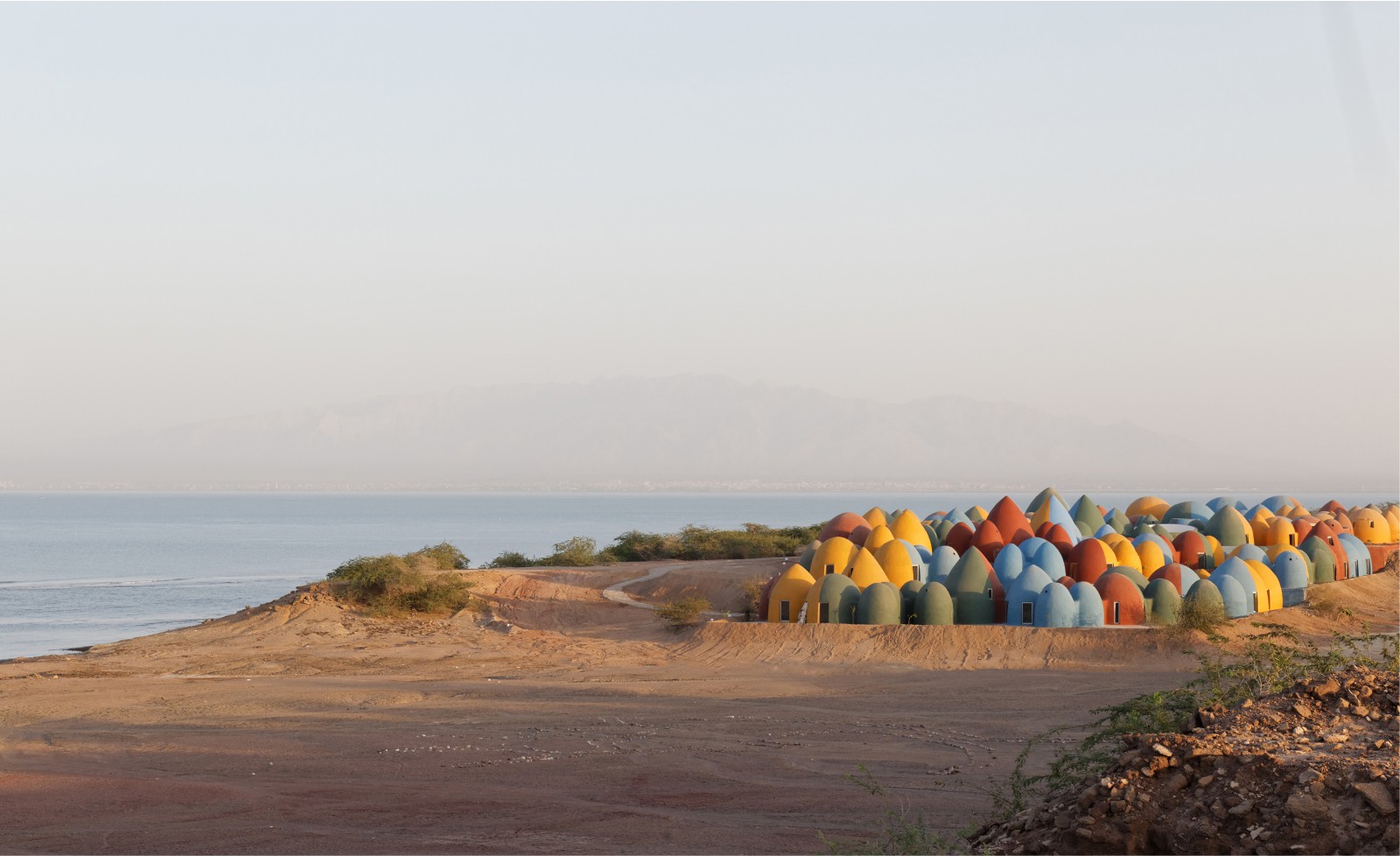
Photo © Soroush Majidi 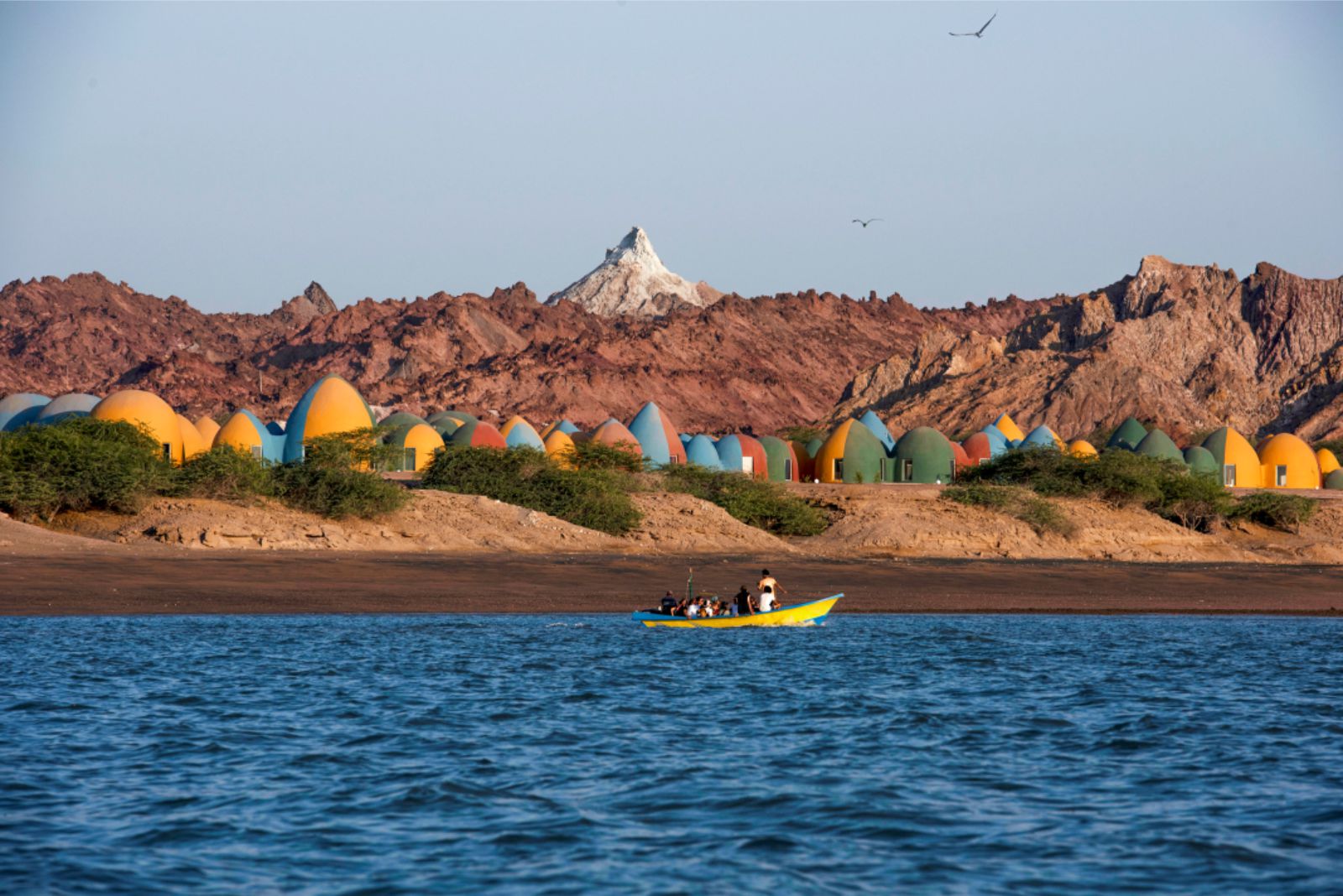
Photo © Tahmineh Monzavi 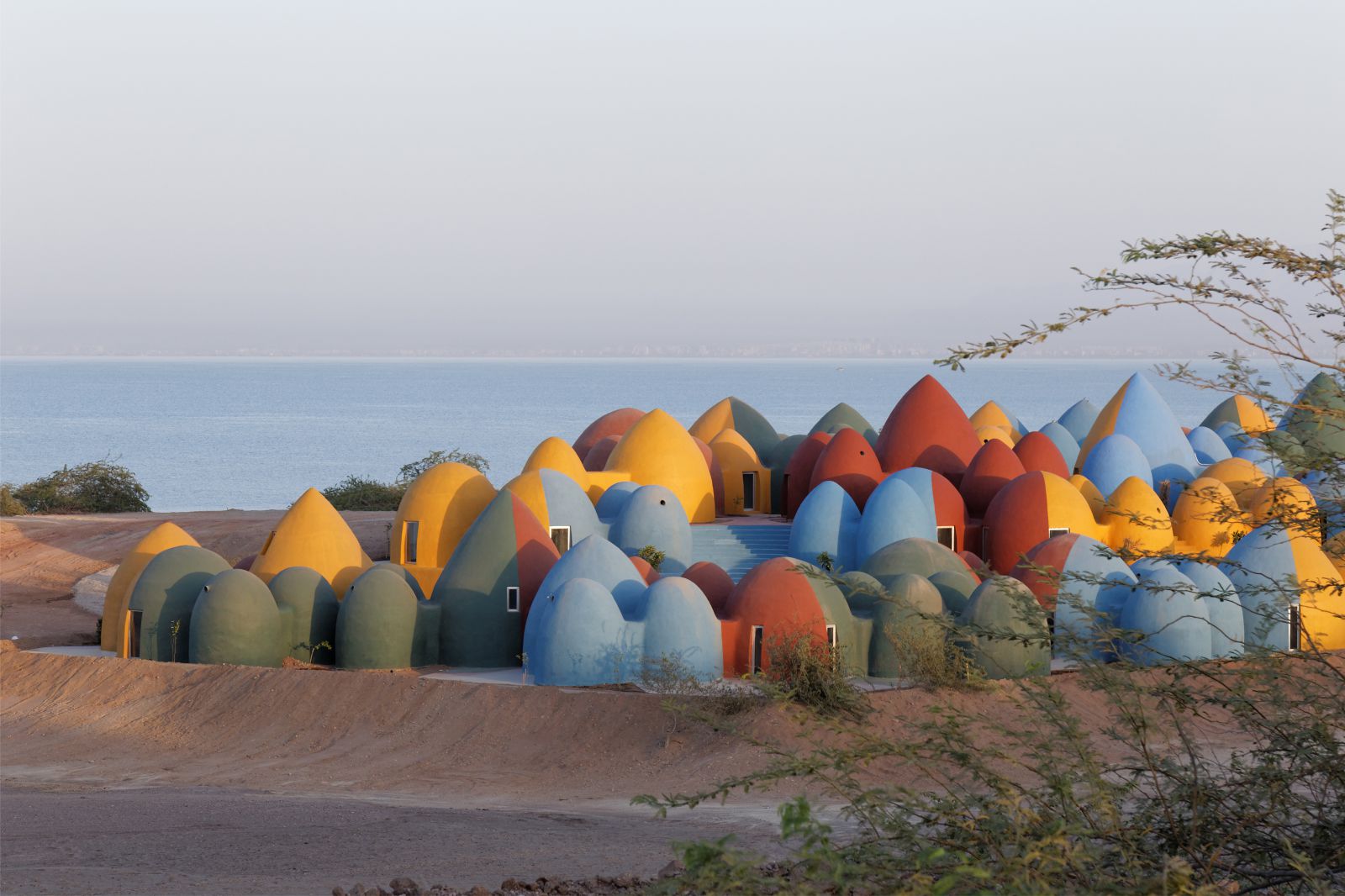
Photo © Soroush Majidi 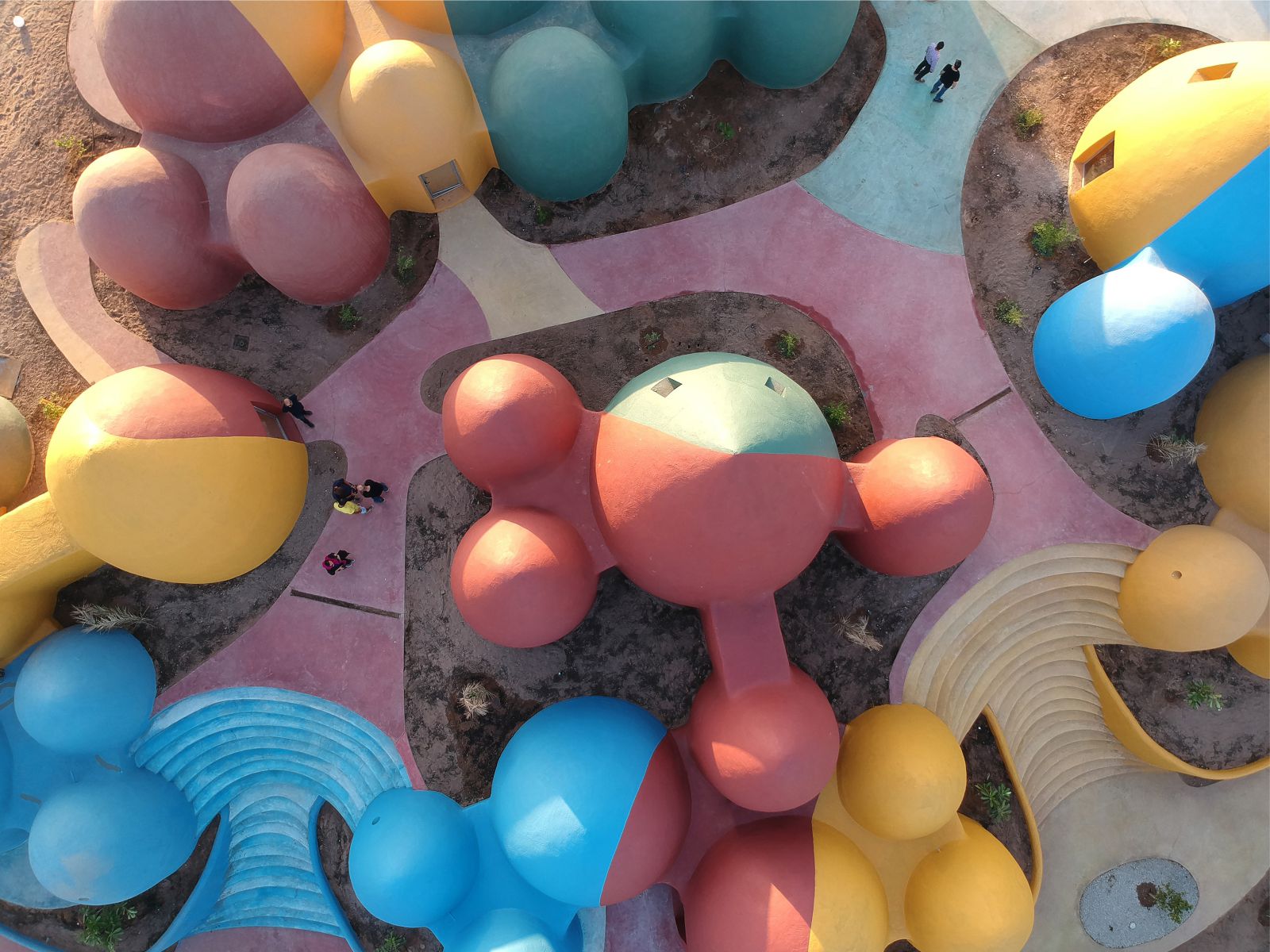
Photo Courtesy of ZAV Architects 
Photo © Payman Barkhordari 
Photo © Payman Barkhordari 
Photo © Tahmineh Monzavi 
Photo © Tahmineh Monzavi 
Photo © Tahmineh Monzavi 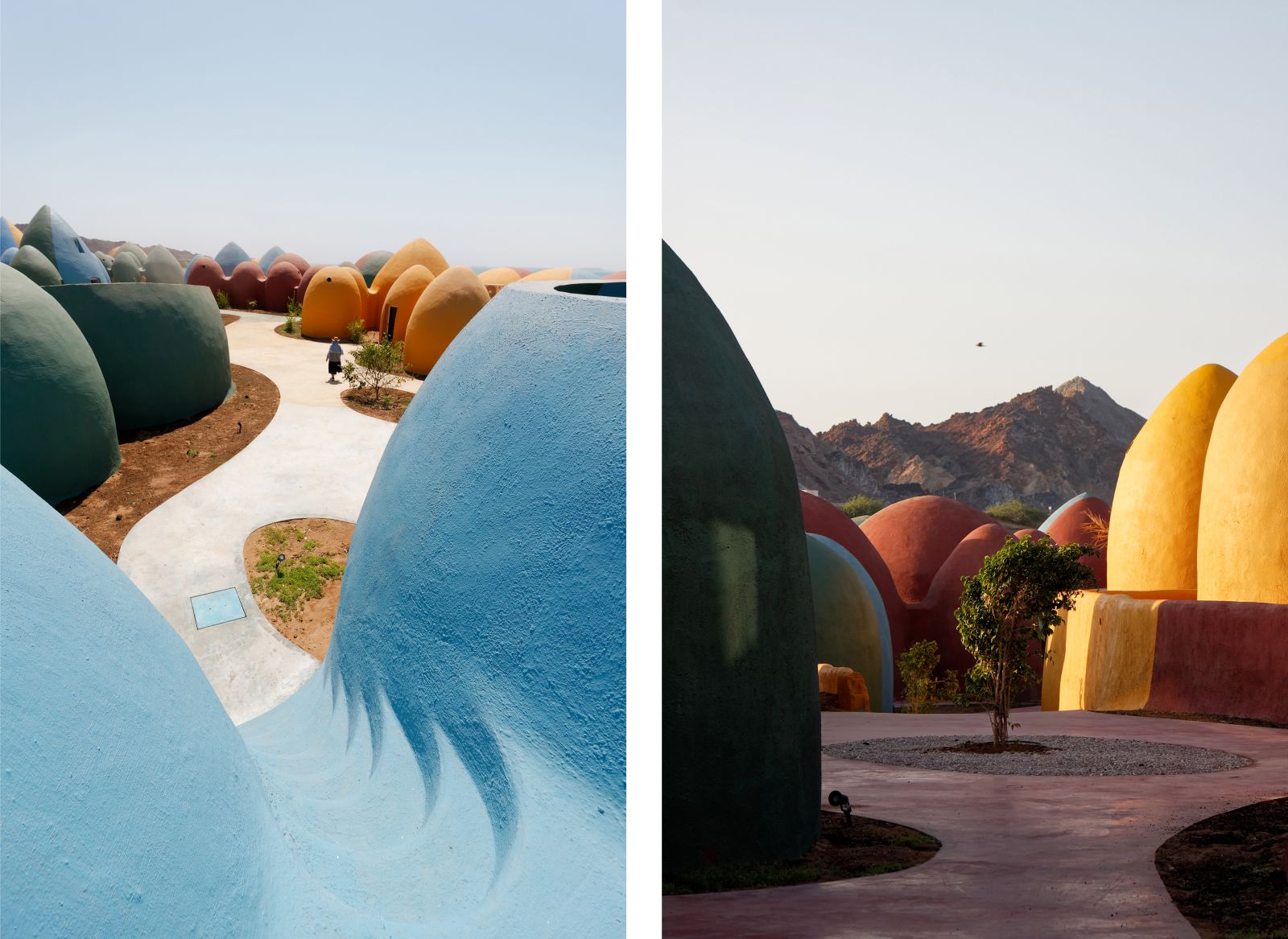
Photo © Payman Barkhordari 
Photo © Tahmineh Monzavi 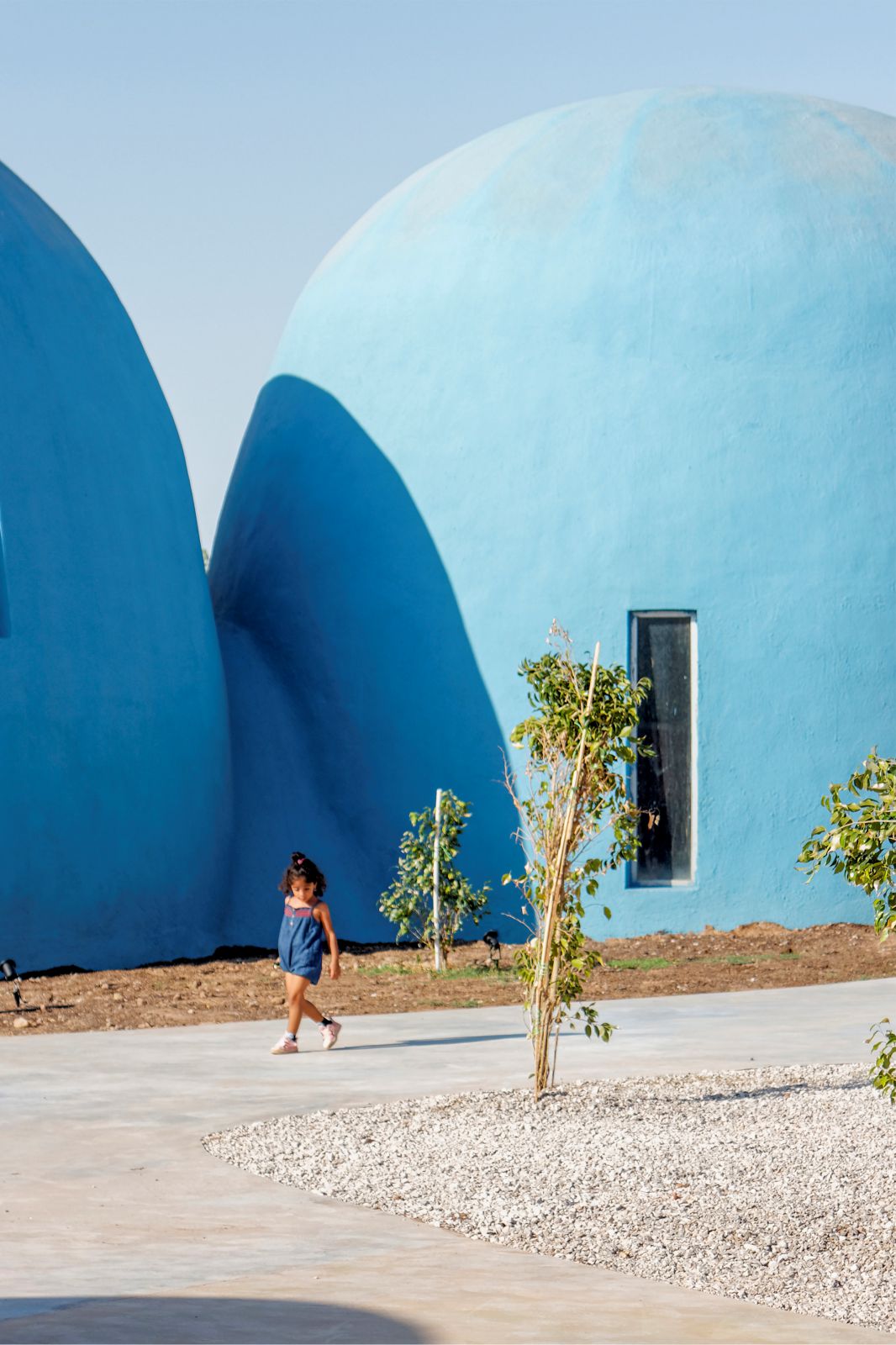
Photo © Payman Barkhordari 
Photo © Soroush Majidi 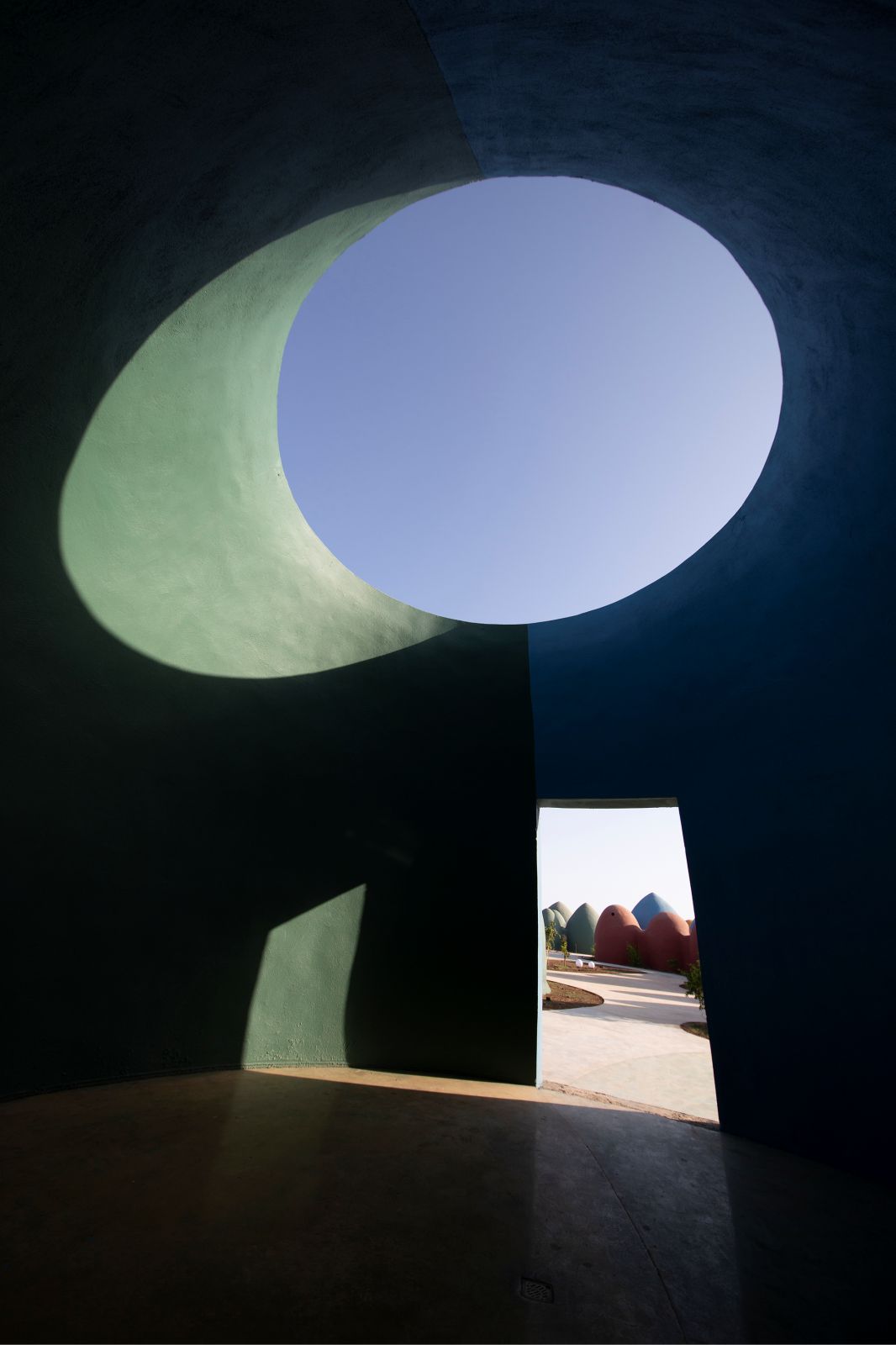
Photo © Tahmineh Monzavi 
Photo © Tahmineh Monzavi 
Photo © Tahmineh Monzavi 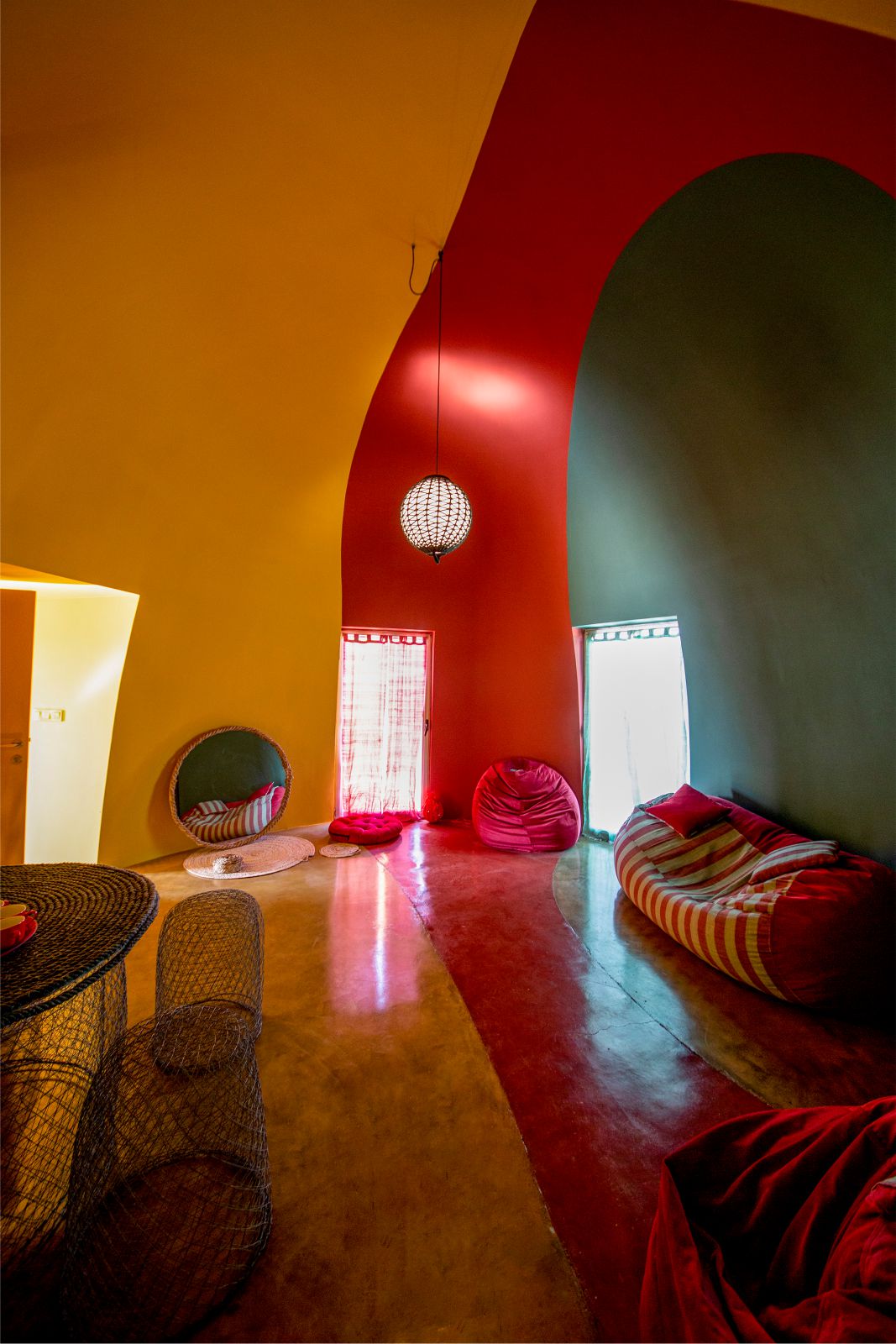
Photo © Tahmineh Monzavi 
Photo © Tahmineh Monzavi 
Photo © Tahmineh Monzavi 
Site Plan 
Section


Great beat ! I would like to apprentice while you amend your website, how could i subscribe for a blog web site? The account aided me a acceptable deal. I had been tiny bit acquainted of this your broadcast offered bright clear ideaI am really impressed with your writing skills and also with the layout on your blog. Is this a paid theme or did you customize it yourself? Either way keep up the nice quality writing, it is rare to see a great blog like this one today..